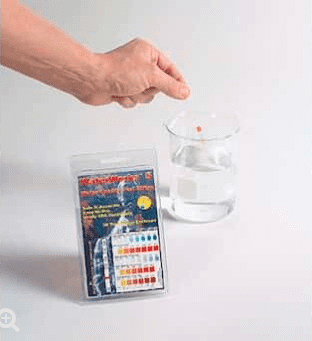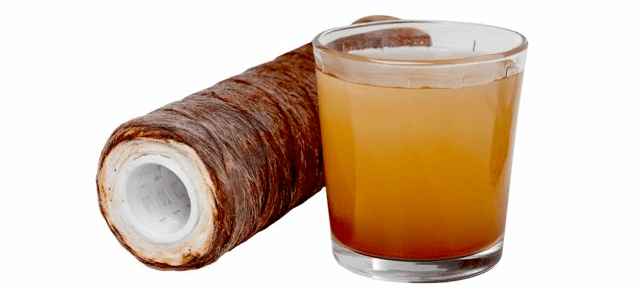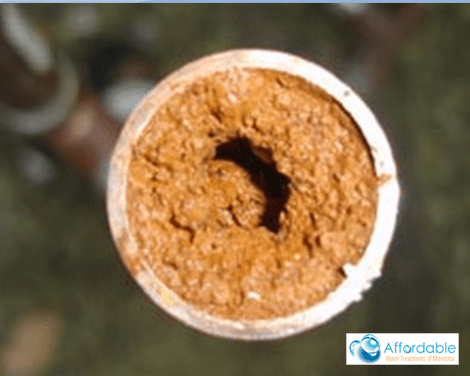Why Do I Need An Iron Filter?
Water contaminated with iron is prevalent for many homeowners, especially those who own private wells. Well water has two types of iron that are found in it, ferric, and ferrous. (Learn more in this video) Iron makes your water unpalatable and also stains your toilet bowls, sink, taps, and other fixtures. An iron filter aims to remove the iron compound from your water and give you colorless, odorless, and fresh drinking water.

What Does An Iron Filter Remove?
An iron filter will remove iron, manganese, and hydrogen sulfide gas from the water. A standard iron filter will clean water in several stages depending on what is found in the water being treated. All well water should be thoroughly tested to determine what minerals you need removed.
Stage One
If you have heavy sediment, dirt, or silt in your water, you may have to run your water through a spin-down filter. This is a very necessary step because it determines your water filter’s health and life span. This first step controls the damage to the control valve and pump caused by sediment in the water.
Stage Two
The water is passed through an iron filter to remove the iron, manganese, and hydrogen sulfide gas. After the water has passed through the iron filter it will have removed between 90 to 95 percent of these contaminants.
. Some filters will have another electrochemical process that will get rid of metals such as copper, mercury chromium, lead, aluminum, and cadmium. These metals will be turned into insoluble compound that will stick to the media. In an iron filter, this particular media also inhibits the growth of bacteria in the entire system.
Stage Three
Depending on what’s in your water, you may have to put it through a granulated activated carbon. This is one of the most common adsorbents in the market. The activated carbon will remove several organic contaminants such as chlorine, insecticides, pesticides, herbicides, organic compounds, and MTBEs.
Stage Four
During the fourth stage, water will go through a water softener which will remove the trace amounts of iron and manganese that are left in the water.
After your water has gone through this filtration process you will experience a better taste and color in your water. Iron filters are very popular among homeowners because they remove a lot more than just iron.
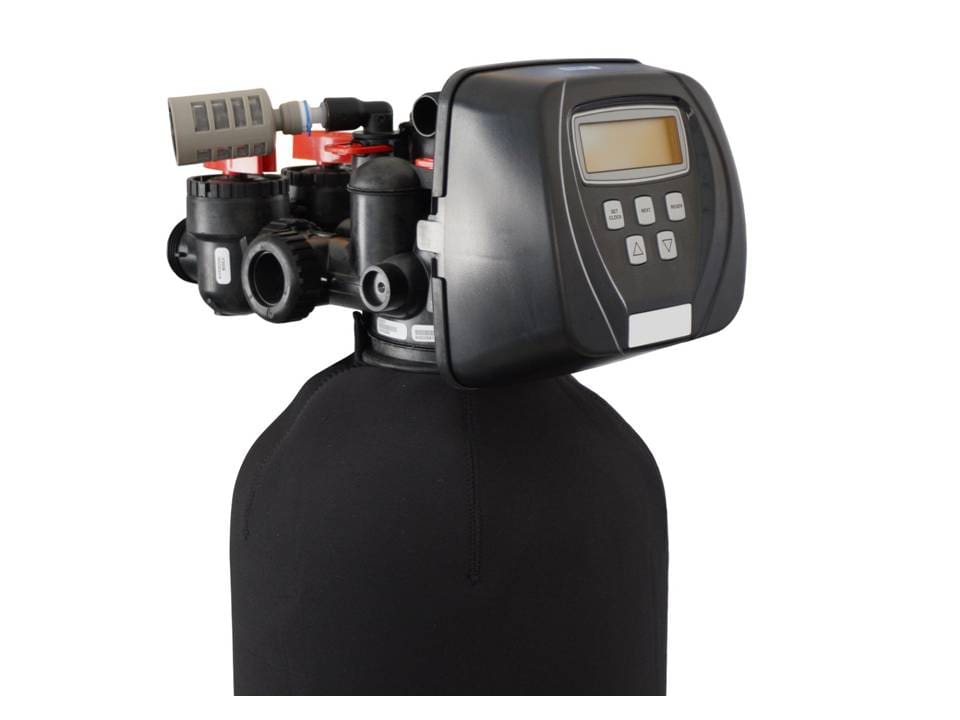
Why you should choose an iron filter?
An iron water filter is a very economical water treatment option. It removes ferrous and ferric iron from your water, eliminating the red stains in your sink and toilet bowls. Iron water filters are also the best option for removing manganese because this metal shares some of the same properties as iron. Manganese causes dark stains in sinks and toilet bowls and makes water taste bitter.
High amounts of manganese and iron will also lead to a foul smell in your water, especially if hot water passes through your plumbing. An iron water filter will remove the iron smell, and rust taste in your water.
In general, iron is a naturally occurring compound in water. It does not present an issue unless it surpasses more than .3ppm. Laundry and plumbing stains indicate an increase in iron levels in your water. Sometimes, the iron will create sludge deposits causing issues in wells, fixtures, toilets, and water heaters. The deposits will lead to rust, affecting your fixtures and appliances and causing permanent damage. It’s quite a challenge to keep cleaning your fixtures.
Previously whole house iron filters did not provide homeowners with many options. They were very costly and needed chemicals to clean their media. The job was messy because it involved adding the cleaner to the filter and then rinsing it. The cleaner had a terrible odor that burned your eyes, and it burned your skin if you contacted it. Experts have improved the systems throughout the years, and now, homeowners can enjoy their water without iron and rust. They do not need to use harmful cleaning chemicals.
The new systems require little maintenance, and they are more effective than previous systems. The current systems use new media such as ‘Zeoprep’ and undergo regeneration just like water softeners. Moreover, you do not need to carry out monthly maintenance. After you have an iron filter installed it should be checked by a professional about every two years or sooner if you have severe iron issues.

What is an Iron contaminant?
Iron contamination appears in many different places. Stains in your sink, toilet bowls, and other fixtures come from several sources, including organic, bacterial, hardness minerals, iron, and manganese. If you notice brown slime when you open your toilet tank, the color may result from bacterial contaminants. You can eliminate it using a chemical solution made up of hydrogen peroxide and bleach. If you notice a black stain in your toilet bowl, this may result from manganese.
The rusty parts in your toilet tank can lead to rust streaks in your toilet bowl, which are difficult to remove. You will need to purchase some harsh cleaners. You must also replace the corroded parts in your toilet tank to keep the issue from reoccurring. It is important to note that using abrasive cleaners and scratch pads constantly will destroy the porcelain surface of your toilet bowl, making it even more challenging to clean.
Two types of iron affect your water supply: oxidized (ferric) and unoxidized iron (ferrous). Ferric iron turns your watercolor red while ferrous iron is invisible; thus, water remains clear. Both these irons can be treated using whole-house iron water filters. The filter in this system will trap iron in a media bed made up of either Zeoprep or Filox. Regeneration occurs every three days where the media will create oxygen bubbles and oxidize the trapped iron forming insoluble iron, which will be discharged down the drain. This system does not need any maintenance or chemical cleaning.
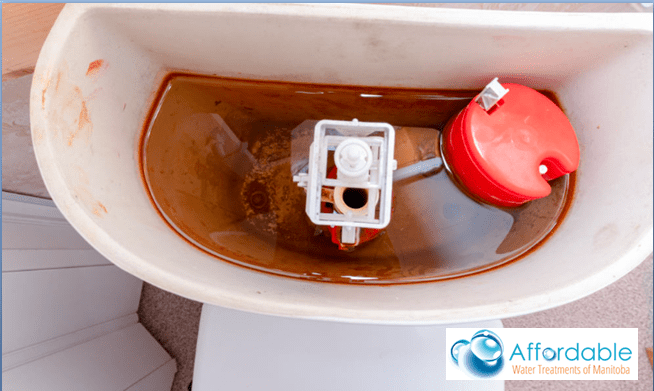
What do I Look For When Buying an Iron Filter?
When looking to purchase an iron water filter, you should consider the following features: It should use natural methods when treating your water. If possible the process should not involve any caustic chemicals. The system should require very little if any, maintenance. It should not require air pumps. It should increase oxidation levels by maximizing air injection. Lastly, it should have a flexible filter tank media that will fit your needs.
Before purchasing the system, you should consider the following minimum requirements. Your water should have a ferric/ferrous iron content of 1.0 ppm or higher and a pH of no less than 6.8 as is the case in most of Manitoba. The flow rate from your water supply should be at least 7 gallons per minute. This rate will allow proper backwash. You sometimes can get a better flow rate by changing the pressure switch from 30/50 to 40/60.
